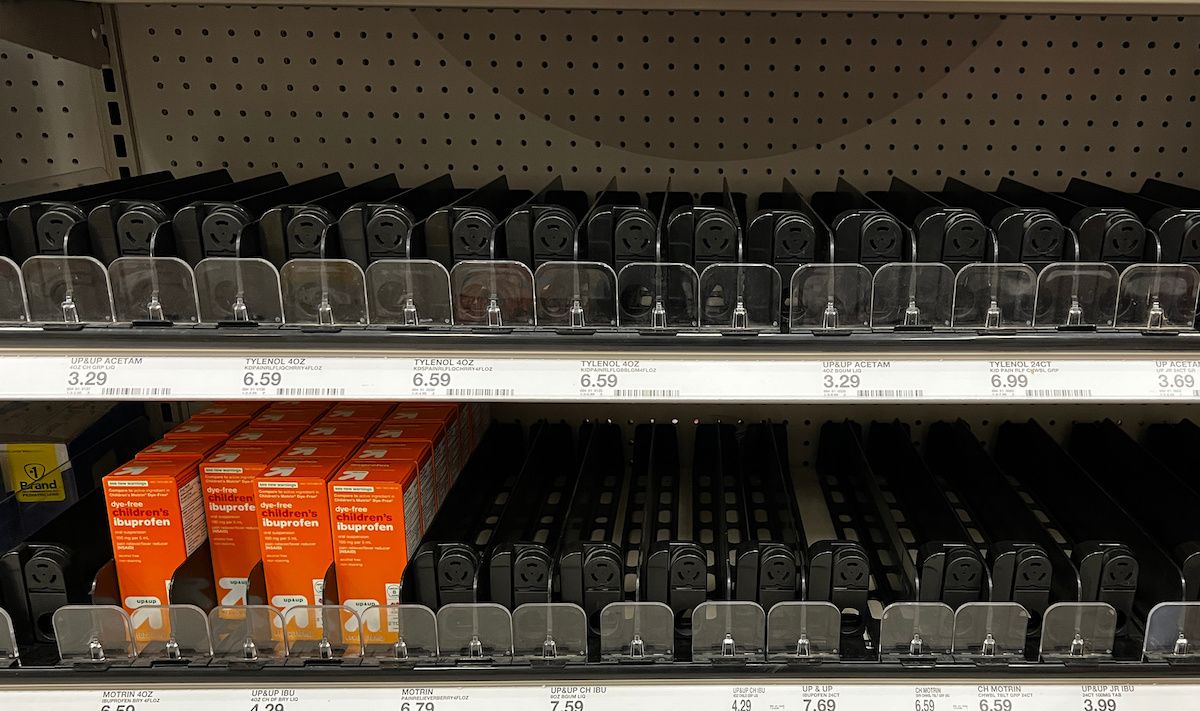The Escalating Crisis of Drug Shortages in U.S. Healthcare: A 2024 Perspective
Overview of the Drug Shortage Landscape
A recent survey conducted by Vizient in 2024 has spotlighted a persistent crisis in the U.S. healthcare system—drug shortages. The numbers are alarming, with 323 active drug shortages reported in the first quarter of 2024 alone. This escalation has triggered profound challenges, notably for pediatric care settings, where the complexities of shortages are magnified. Hospitals are scrambling, dedicating an estimated 20 million hours and incurring nearly $900 million in labor costs annually to manage these ongoing deficiencies, highlighting a staggering increase over previous years.
Impacts on Resources and Staffing
The ripple effects of drug shortages are felt deeply within healthcare institutions. According to the survey, 74% of respondents acknowledged that drug shortages pushed them beyond their pharmacy budgets, a figure consistent with previous findings from 2019. Pediatric facilities are especially hard-hit, with 79% reporting budget overruns. The data reveal that managing shortages is not just a financial burden but also exacerbates staffing challenges. The average pharmacy staff now spends over 24 hours a week grappling with shortages—an increase from 10.5 hours per week just five years ago. This shift translates to diminished attention to other essential pharmacy functions.
The Pediatric Perspective
In the pediatric healthcare realm, the situation is even more acute. Pediatric facilities are monitoring at least 25% more drug shortages than their general counterparts. This indicates not only a heightened vulnerability in specialized care but necessitates creative staffing solutions. With 98% of pediatric facilities implementing changes to staffing, many have opted to redistribute workloads rather than hire new personnel, a reflection of the ongoing recruitment challenges faced by hospitals.
The Financial Toll
The financial implications of drug shortages extend beyond budget overruns. The labor costs linked to managing these shortages have more than doubled since 2019, now totaling close to $900 million across all U.S. hospitals. Lorazepam injectables have been identified as particularly challenging, bearing the brunt of negative impacts alongside various oncology agents. Yet, amid these shortages, programs like Vizient’s National Emergency Stockpile (NES) offer a lifeline, supplying over 4 million critical inventory units to healthcare providers.
Medication Errors and Patient Care Disruptions
Patient safety remains at the forefront of concerns associated with drug shortages. The survey found that 43% of respondents reported experiencing medication errors attributed to shortages—an increase from 38% in 2019. Alarmingly, many facilities are not adequately tracking these incidents, complicating efforts to mitigate their effects on patient care.
Disruptions in patient care manifest most in outpatient infusion services, where 41% of patients faced missed or delayed treatments. Other areas affected included planned medical procedures (32%), hospital admissions (22%), and emergency cases (15%). Various strategies have been implemented to manage these disruptions, such as securing alternative treatment options and collaborating with other facilities.
Strategies for Mitigating Shortages
Health care providers have explored multiple tactics to cope with drug shortages. From leveraging networks like the American Society of Health-System Pharmacists and the FDA to employing Vizient’s assurance programs, there’s a push toward finding solutions. However, communication remains a major hurdle. The need for timely notifications and accurate product release dates is paramount, underscoring gaps that require urgent attention.
The Role of Secondary Distributors
A troubling trend is emerging where nearly half of the surveyed facilities have turned to secondary distributors for at least one medication. This approach has come with a steep price increase of around 214% compared to standard purchasing. While secondary distributors can quickly fill gaps, reliance on them raises concerns regarding both cost and medication integrity.
Looking Ahead: Innovations and Frameworks
To address these persistent challenges, Vizient is working to enhance drug shortage management through data-driven insights and collaborative strategies. An emphasis has been placed on drug shortage stewardship, promoting responsible procurement practices and establishing dedicated committees to track supply chain issues.
As part of these efforts, the Essential Medications List has been refreshed for 2024, integrating demands and promoting market resilience. There’s a recognition that new technological solutions, such as AI, alongside robust communication strategies, could perform critical roles in creating a more resilient healthcare infrastructure capable of navigating these complex shortages.
Implications for the Future
The escalating crisis of drug shortages presents multifaceted challenges for healthcare facilities, especially in pediatric care, raising concerns about patient safety, financial sustainability, and resource management. The evolving landscape demands vigilant responses, innovative strategies, and continual improvements in communication to safeguard both healthcare resources and patient outcomes.
By addressing these critical gaps today, the healthcare system may mitigate the adverse effects of drug shortages tomorrow.


